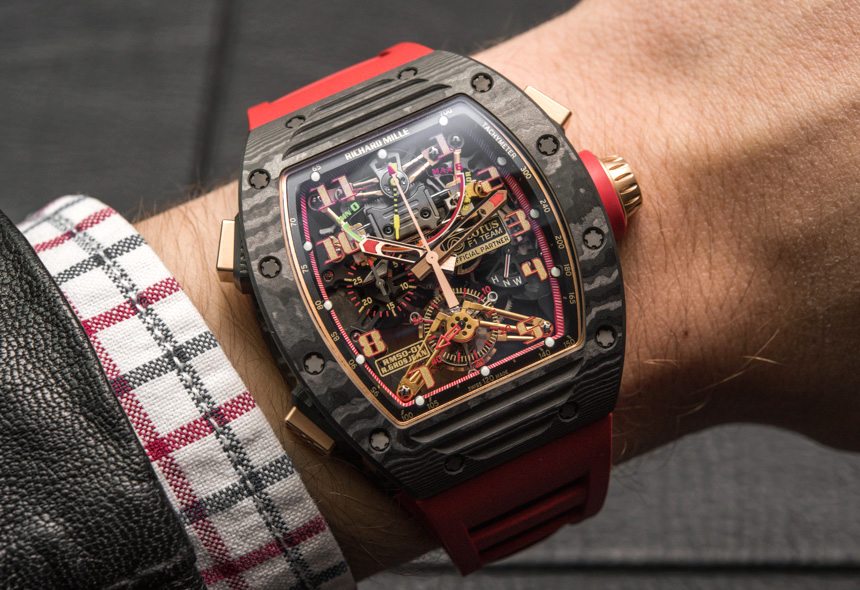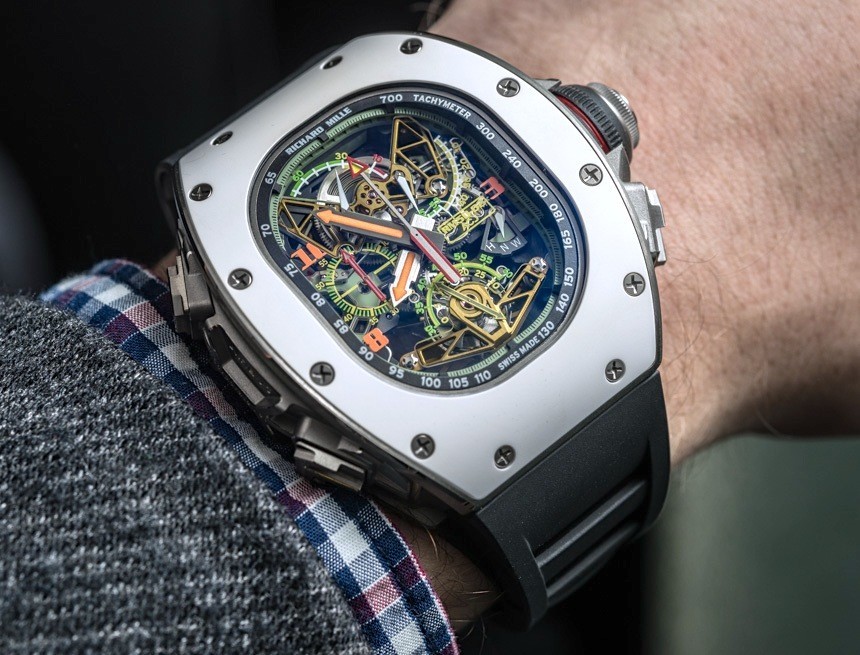
Richard Mille watches start at around $80,000 USD and go up to several million dollars in price for some of their more exotic timepieces. Richard Mille releases at least a few different $1,000,00+ watches per a year, and the average price of one of their tourbillon watches ranges from about $500,000–$800,000. These are enormous numbers even by luxury watch standards – so a very common question by consumers as well as others in the watch industry is “why are Richard Mille watches so expensive?”

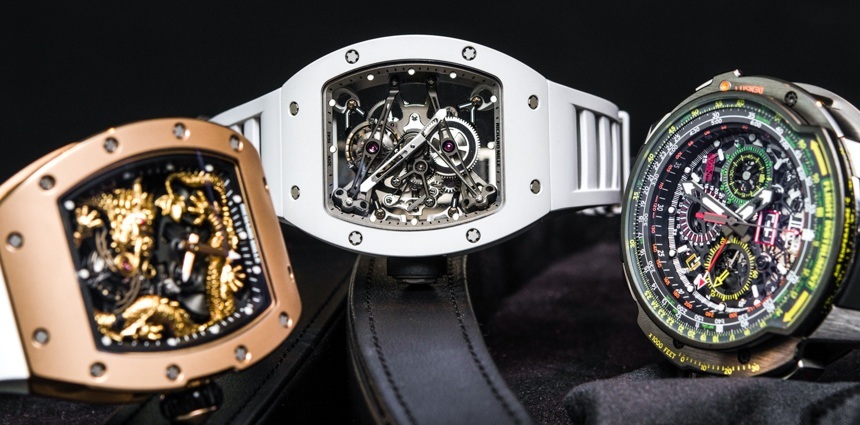
Is it that Richard Mille products have that much inherent value and need to be priced that high? Or are there are other factors which allow the brand to (quite successfully) charge that much money for a single timepiece? I (and much of the aBlogtoWatch team members) have studied the Richard Mille brand for a while, spent time with their products, and also had the pleasure of getting to know a range of people at the company, including Mr. Richard Mille himself. It is with admiration that we attempt to unravel some of the branding secrets that have allowed Richard Mille to continue wowing its roster of elite customers with extremely expensive timepieces that they keep buying one after another.
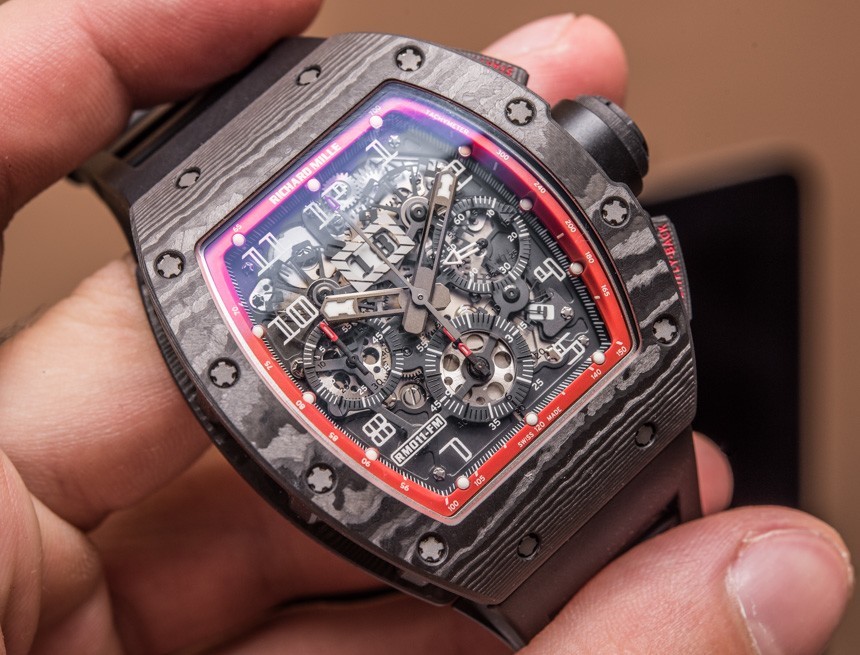
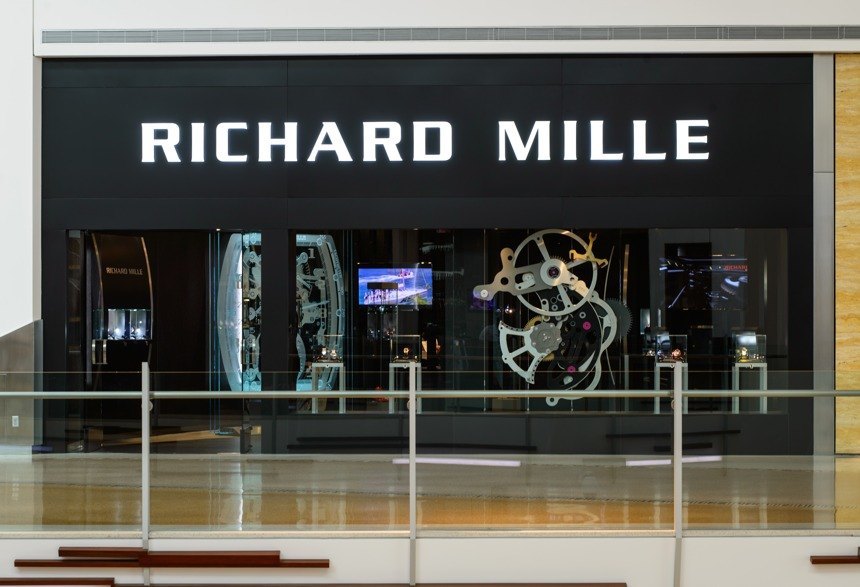
Richard Mille himself is a key part of the brand’s special success. In may ways, without him the brand would not continue to be what it is today. I’ll spend a bit more time talking about how the Richard Mille man bolsters the efforts of the Richard Mille watch brand, but first a little of context. Richard Mille began his professional career in the watch industry during the beginning of the quartz crisis – a time when the traditional Swiss mechanical watch industry was heavily under threat from less expensive electronic quartz watches produced in Asia.
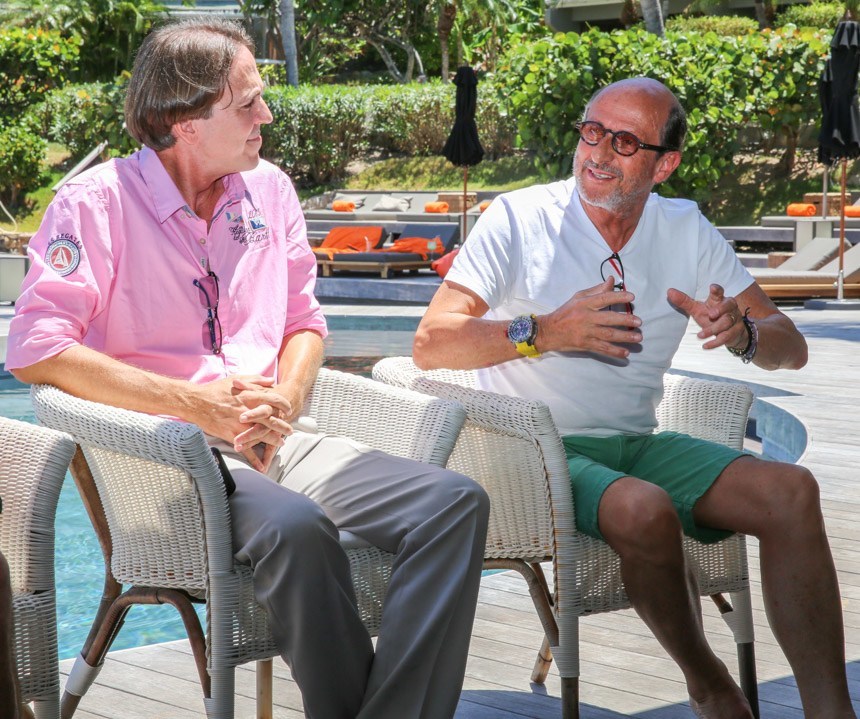
Richard Mille even worked for a company that was eventually sold to Seiko, one of the Japanese watch companies that not only was seen as a major enemy to the Swiss during this era (the Swiss have only recently begun to forgive the Japanese watchmakers), but was also one of a handful of companies aggressively trying to “buy up” many of the traditional watch brands. This time during the 1980s (especially the first half of the ’80s) was complicated and extremely transformational for the surviving traditional watch brands. For instance, at the time Switzerland had only 3% of the total share of watch sales around the globe. That 3% included almost entirely the top echelon of timepieces in terms of price. The implication was that the only watches the Swiss sold were luxury timepieces akin to jewelry (as opposed to tools) that were purchased by the very wealthy.
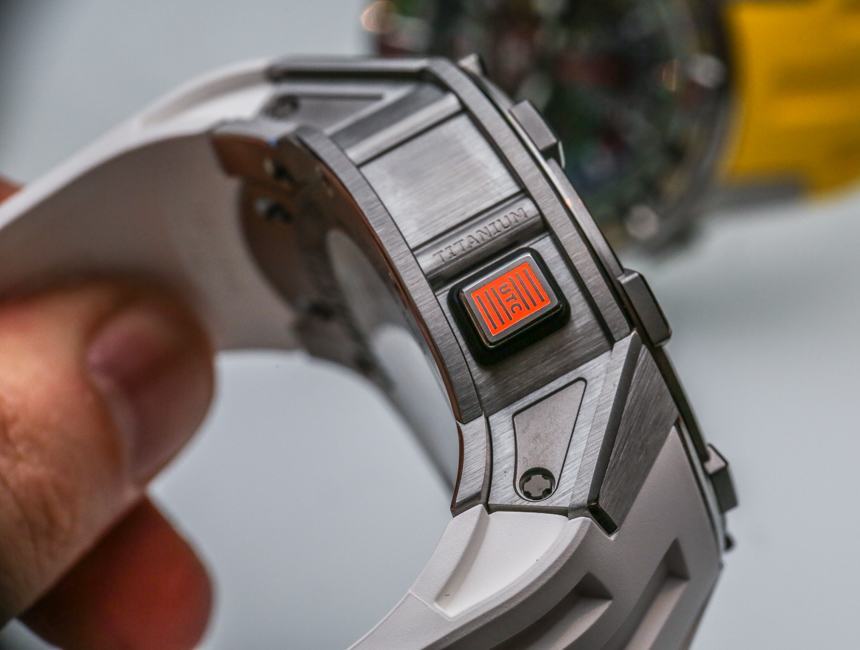
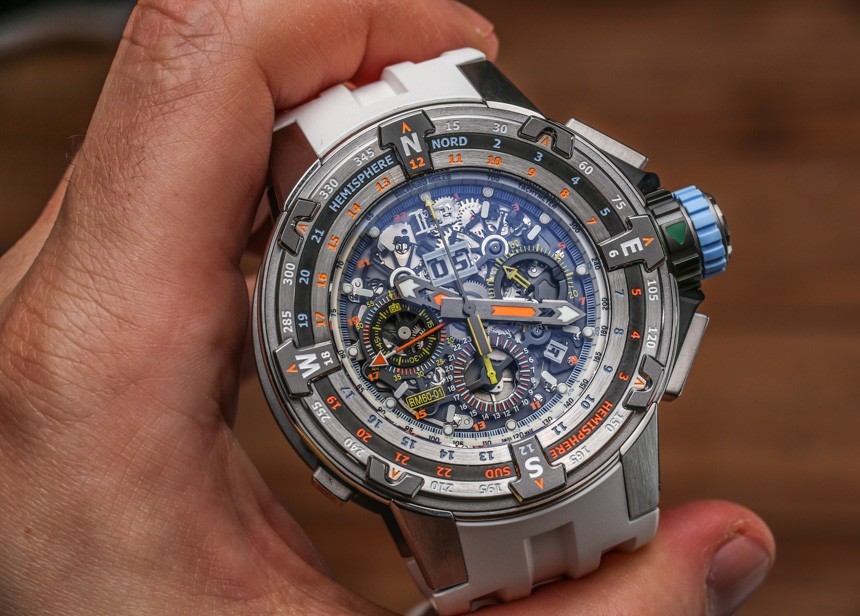
It was in this environment that Richard Mille not only learned the watch industry, but also gained his entrepreneurial spirit. In the early 1990s, he joined the French jewelry company Mauboussin as their head of watchmaking. Less than a decade later, the first Richard Mille-branded timepiece was released in 2001. Richard Mille quickly learned the importance of image, exclusivity, and lifestyle. He understood that while a high quality timepiece always has inherent value, most customers in the luxury sphere simply did not buy products because they were of a high quality. A special formula designed to create both demand and desire needed to be employed in order to ensure not only that customers purchased your luxury timepieces, but also that they kept coming back for more (despite becoming increasingly familiar with your brand).
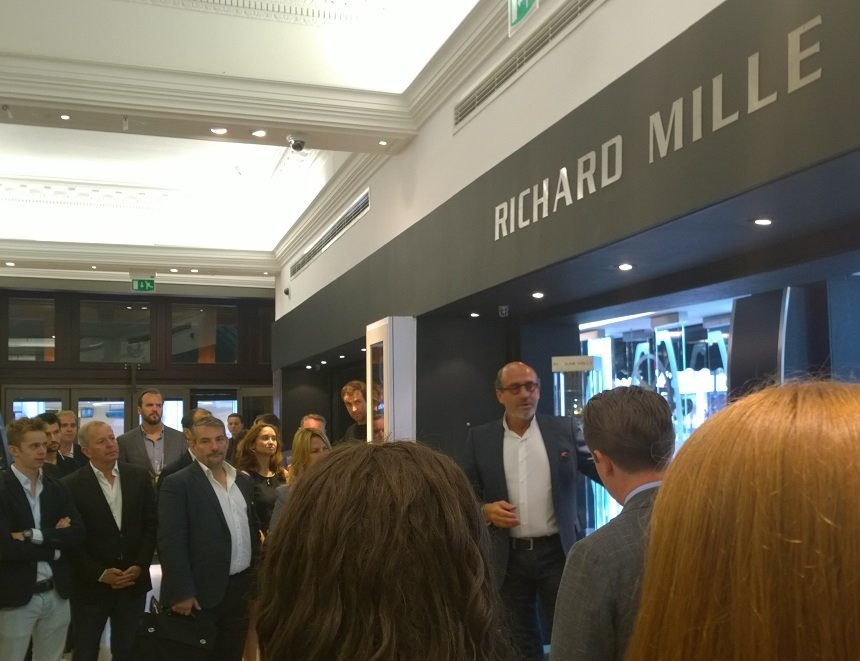
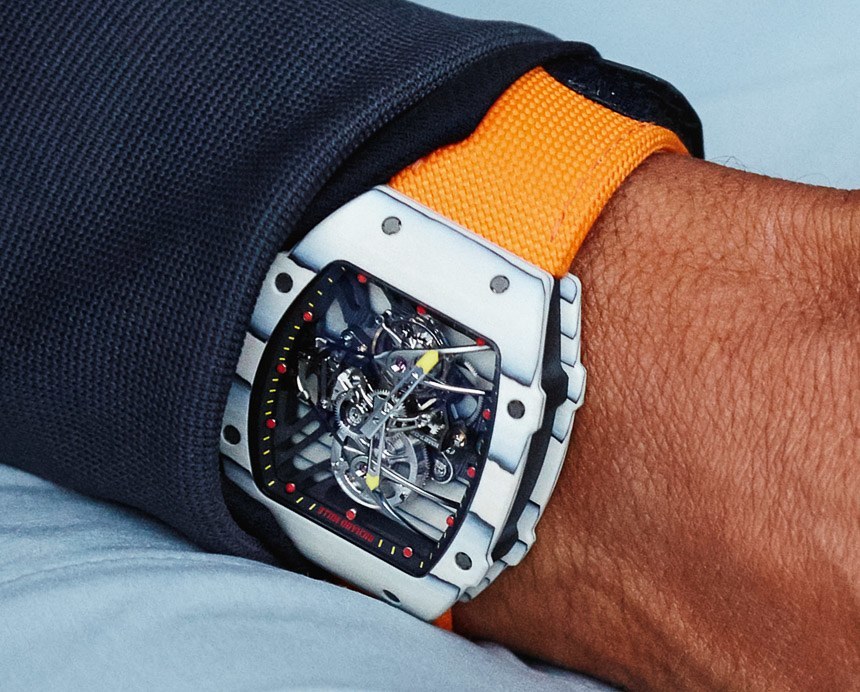
I mention this last part about returning customers for a very specific reason. When the luxury image of a company is only skin deep (meaning they are selling mostly image and little substance) consumers have the tendency to wise up very quickly. High-end watch consumers tend to be very sophisticated people and strictly seek out value. Brands that are deemed to offer little value tend to not benefit from a lot of return business. Thus, Richard Mille was likely able to identify those brands who got lucky and sold one watch to people, as well as other brands who were able to maintain long-term relationships with customers who kept coming back.
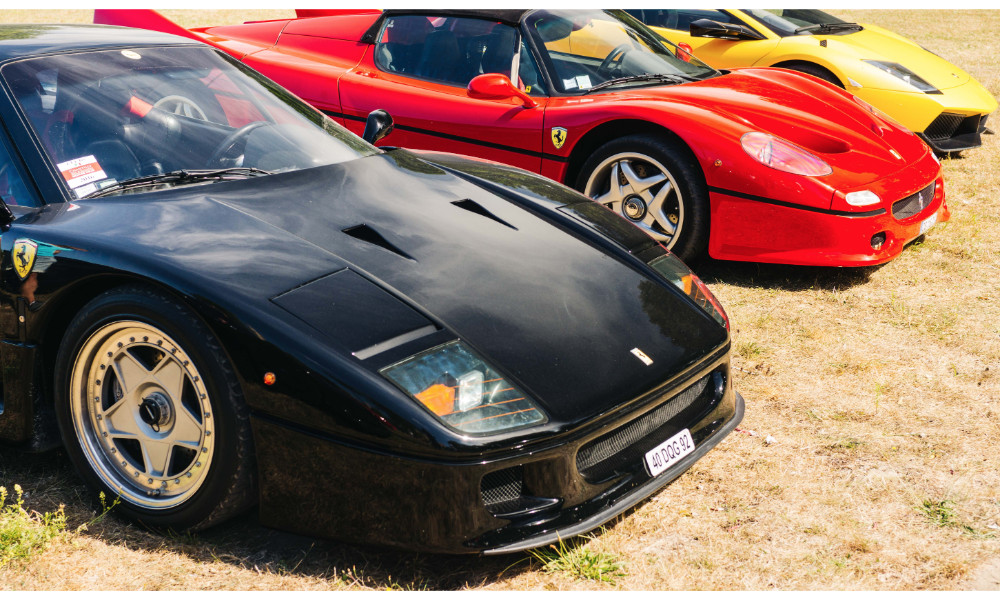
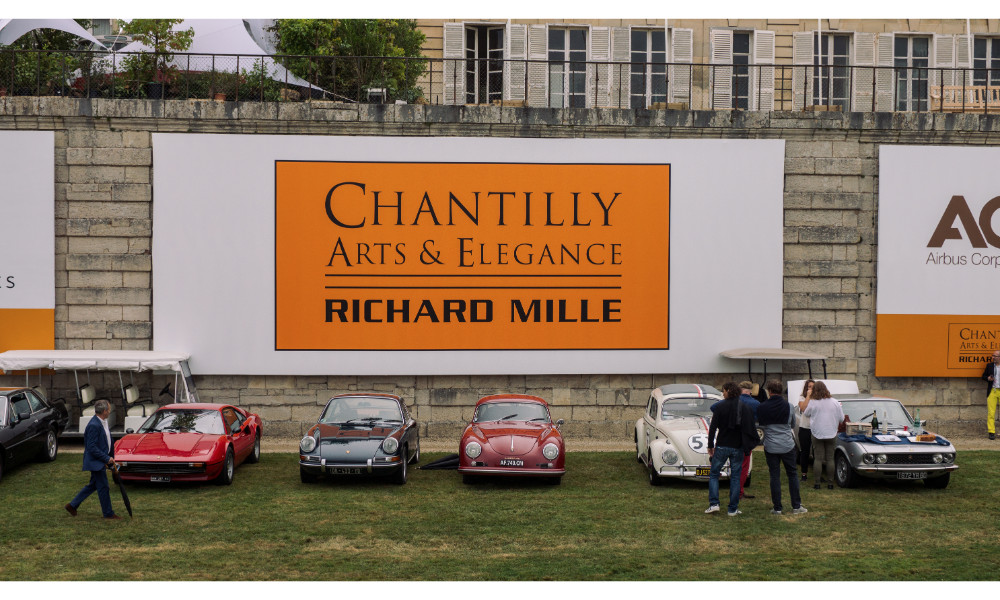
Richard Mille is and was a major fan of motorsports. He even collects 1970s-era racing cars. I recall an amusing conversation with him a few years ago when he said that race cars produced after the 1970s were too difficult to collect (and drive) because merely starting the engine usually required custom-made electronics that in many instances were not available after a few years. Mille’s fascination with motorsports such as Formula 1 was integral to his development and growth of the Richard Mille brand.
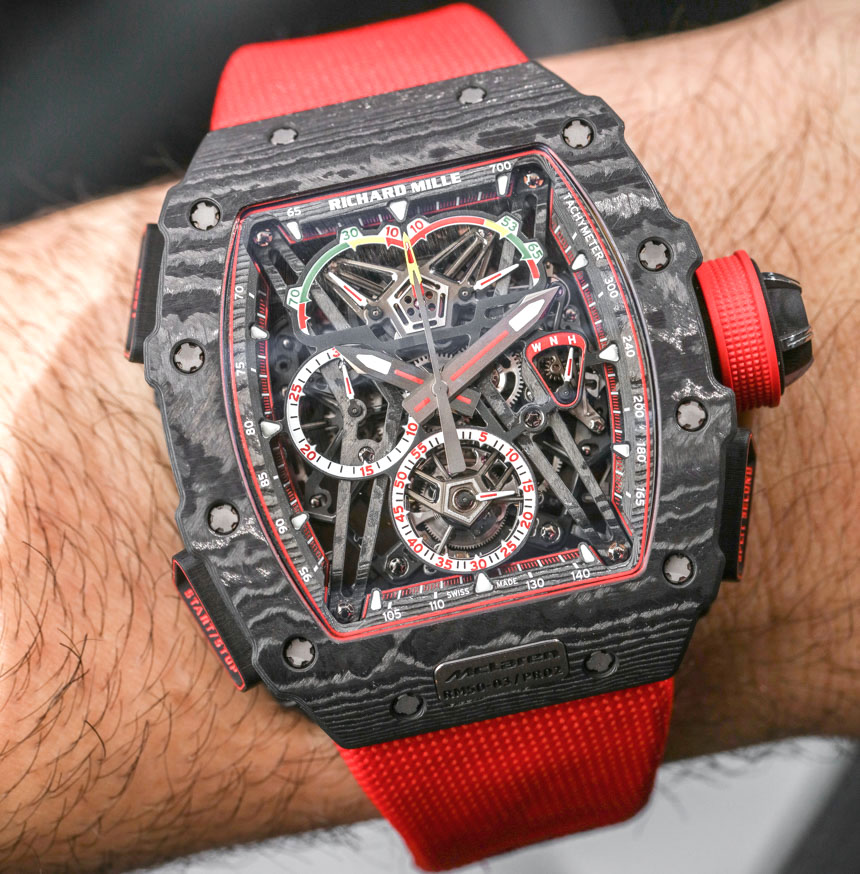
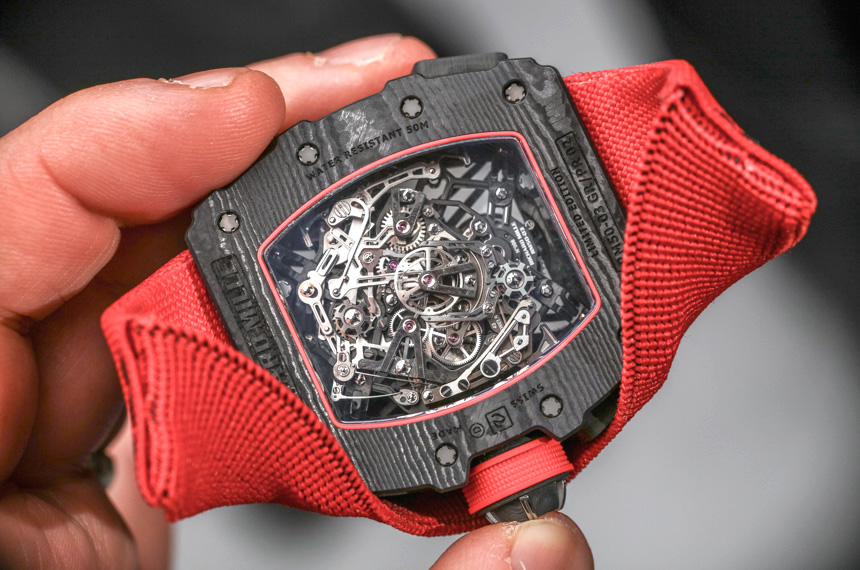
In the late 1990s when he was forming the idea of the Richard Mille brand and developing its first product (the RM001) with partner Audemars Piguet (more specifically the movement designer and maker APRP), Mille made his first important strategic decision – that his company would produce modern versus classic-style timepieces. The plan apparently was for Richard Mille to produce timepieces in the same way teams produced racing cars – with total neglect of production cost and focusing on the use of modern production techniques and materials for maximum performance. It is true that “performance” for a car versus a watch is slightly different, but the concept was more than enough to propel Richard Mille to where it is today – a company that more or less maintains the same direction with their product development philosophy. If anything, what Richard Mille was able to add to the initial formula was the importance of wowing and awing its elite customers – something the work of luxury products (of all forms) has needed to do for centuries.
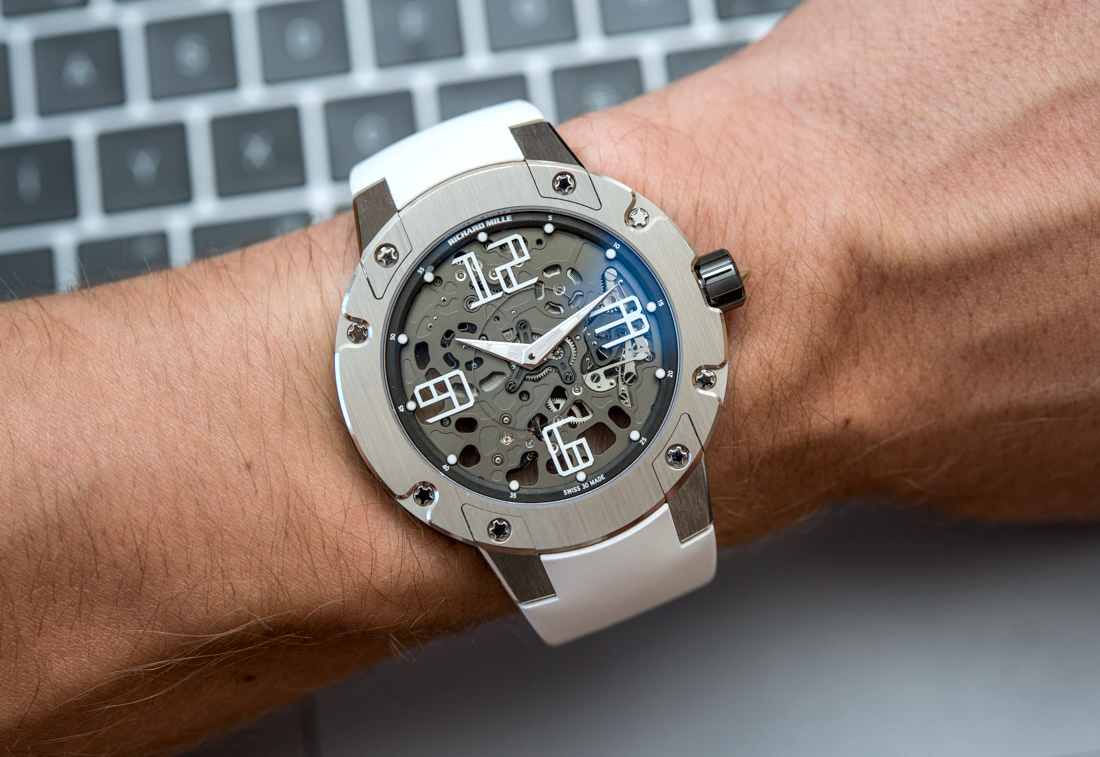
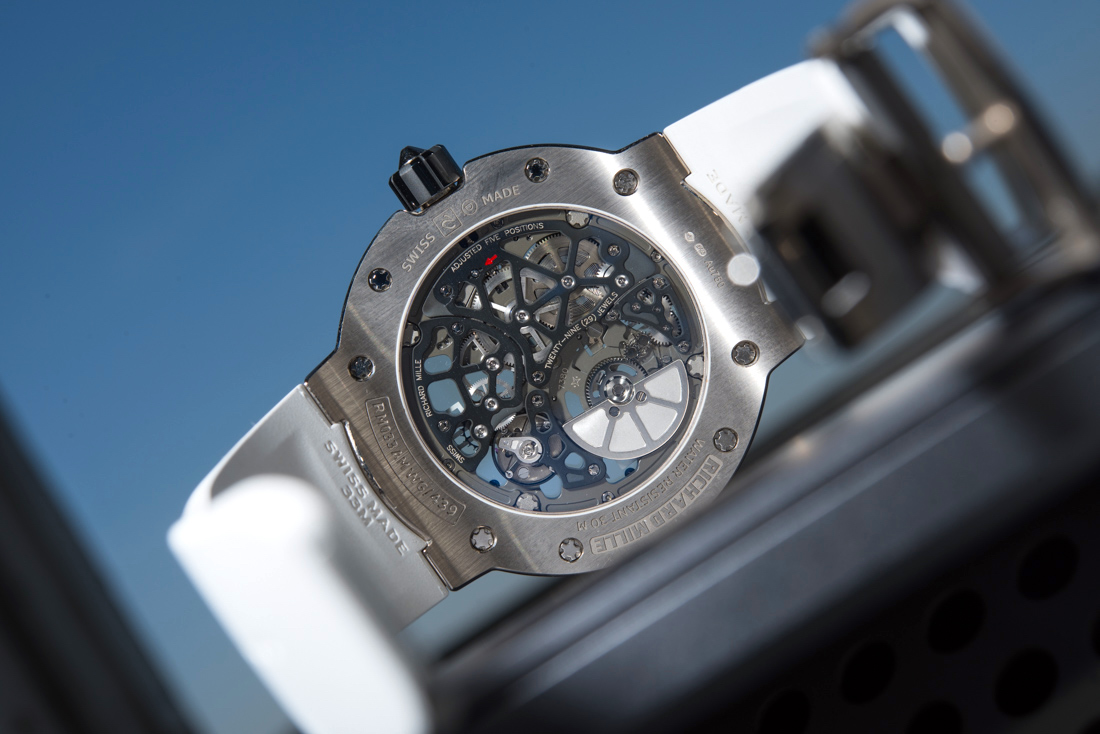
So far I haven’t discussed why Richard Mille watches are so expensive, but my goal has been to properly frame the brand in its appropriate form so that the rest of the discussion below is clear for seasoned watch enthusiasts as well as other consumers who are intrigued by this uncommonly successful luxury watchmaker. In short, I will explain how one of the main value propositions of buying a Richard Mille watch is that it grants you access to an exclusive club, and that despite the price, no one offers more.

